
漢德百科全書 | 汉德百科全书
 History
History
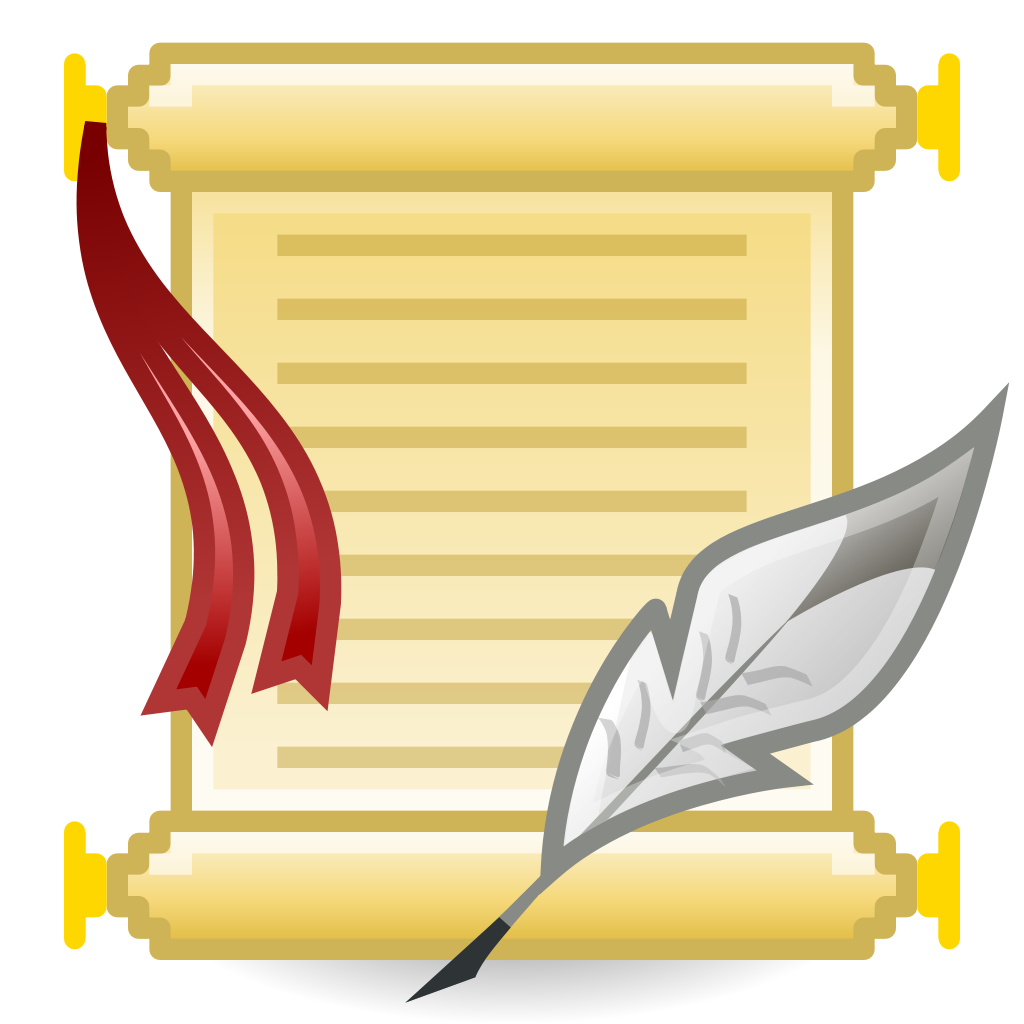
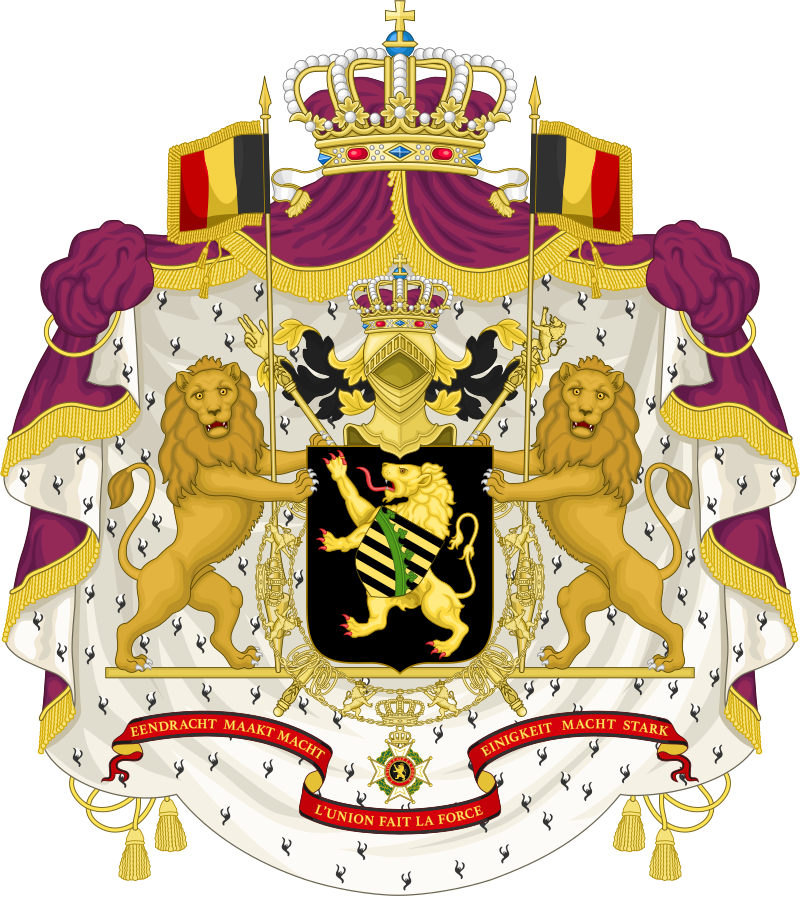
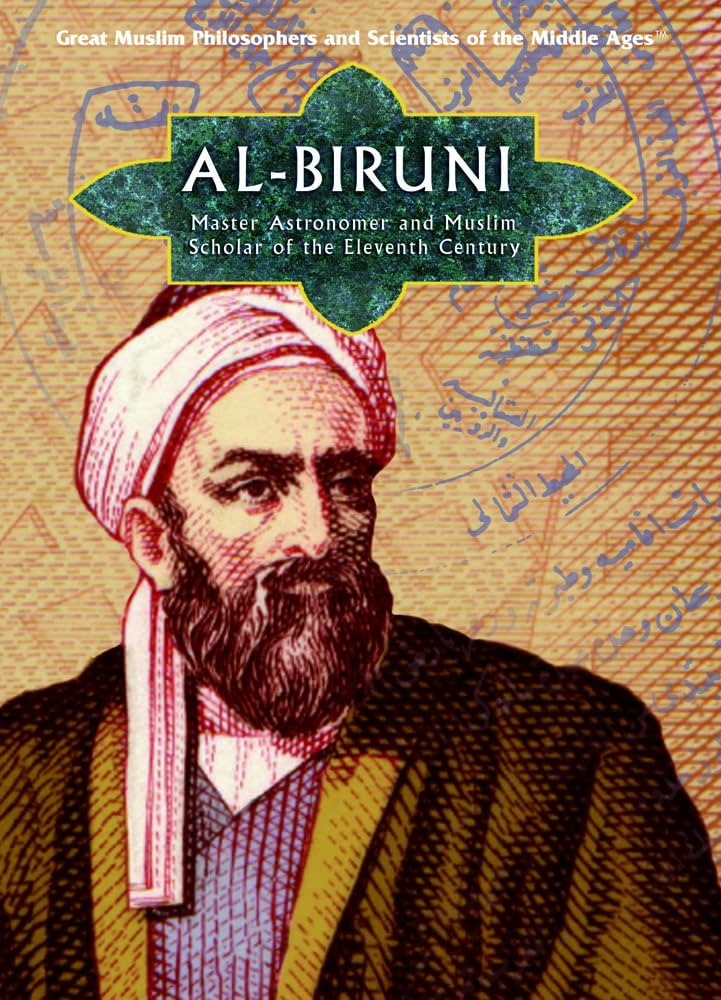
阿布·拉伊汗·穆罕默德·本·艾哈迈德·比鲁尼(波斯语:ابوریحان محمد بن احمد بیرونی,973年—1048年), 波斯学者,生于花剌子模(今中亚乌兹别克斯坦),卒于加兹纳(今阿富汗)。在数学、天文学、物理学、医学、历史学等方面均有贡献。[1]著有《天文典》《密度》《药理学》《古代诸国年代学》等书籍。月球上的一座环形山以他的名字命名。
Abu r-Raihan Muhammad b. Ahmad al-Bīrūnī (arabisch أبو الريحان محمد بن أحمد البيروني, DMG Abū r-Raiḥān Muḥammad b. Aḥmad al-Bīrūnī; persisch auch nur kurz ابوریحان بیرونی, Abū Raiḥān Bīrūnī) – kurz (al-)Biruni (geboren am 4. September 973 in Kath, Choresmien (heute Usbekistan); gestorben am 9. Dezember 1048 in Ghazna (heute Afghanistan)) war ein persischer (choresmischer) Universalgelehrter, Mathematiker, Kartograf, Astronom, Astrologe, Philosoph, Pharmakologe, Mineraloge, Forschungsreisender, Historiker und Übersetzer in Zentralasien.

 Colleges and Universities in Europe
Colleges and Universities in Europe
 Italy
Italy
 Nobel prize
Nobel prize
 Nobel Prize in Physics
Nobel Prize in Physics
 Nobel prize
Nobel prize
 Nobel Prize in Literature
Nobel Prize in Literature
 Nobel prize
Nobel prize
 University/Institute
University/Institute
 Sinology
Sinology

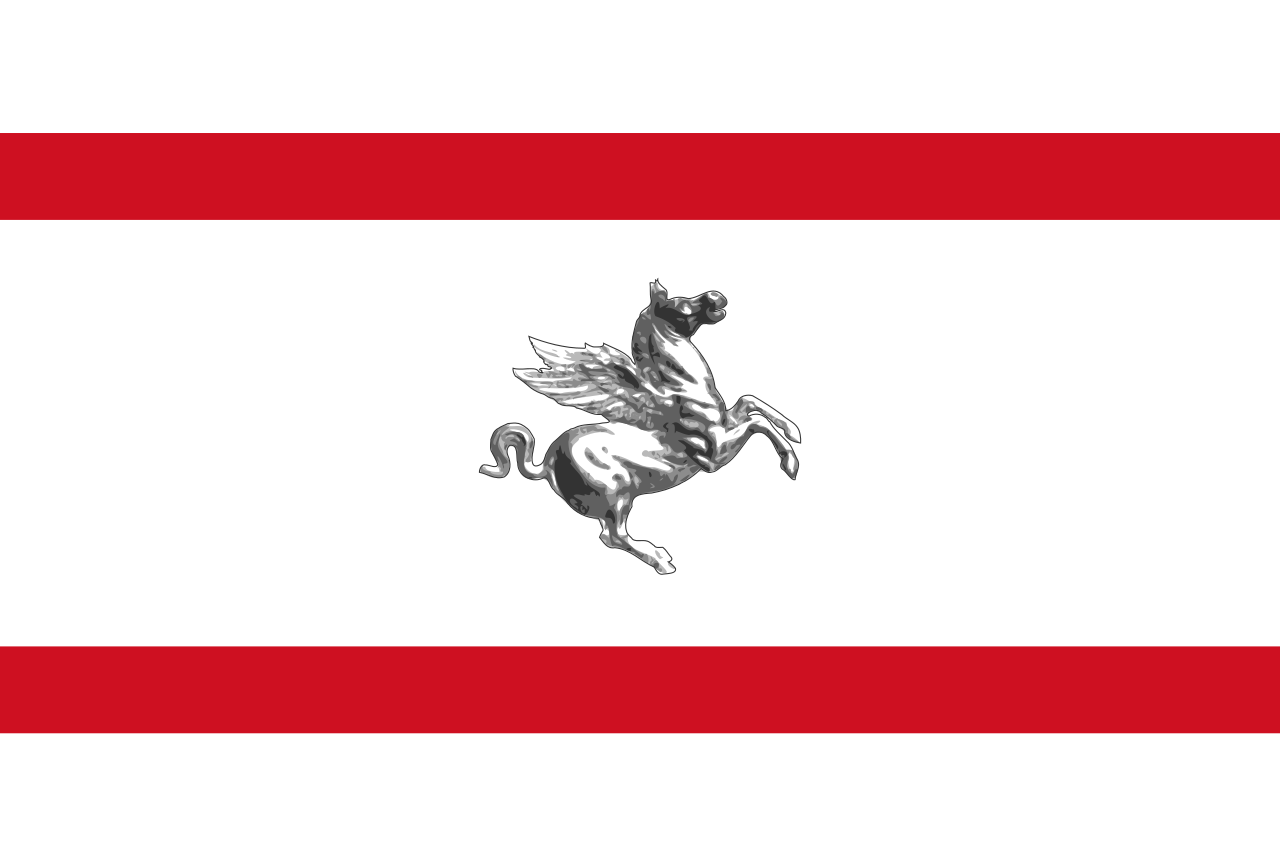 Toscana
Toscana
 Universities in Italy
Universities in Italy
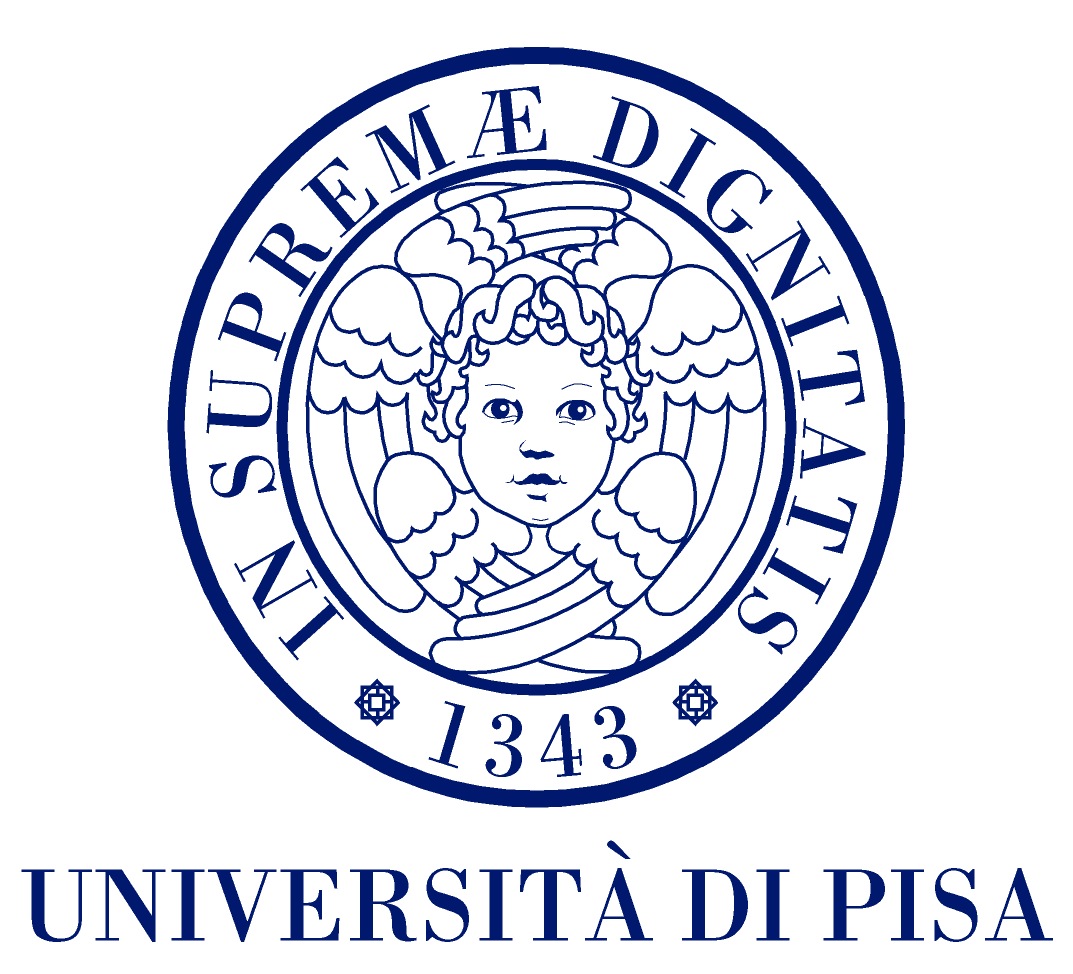



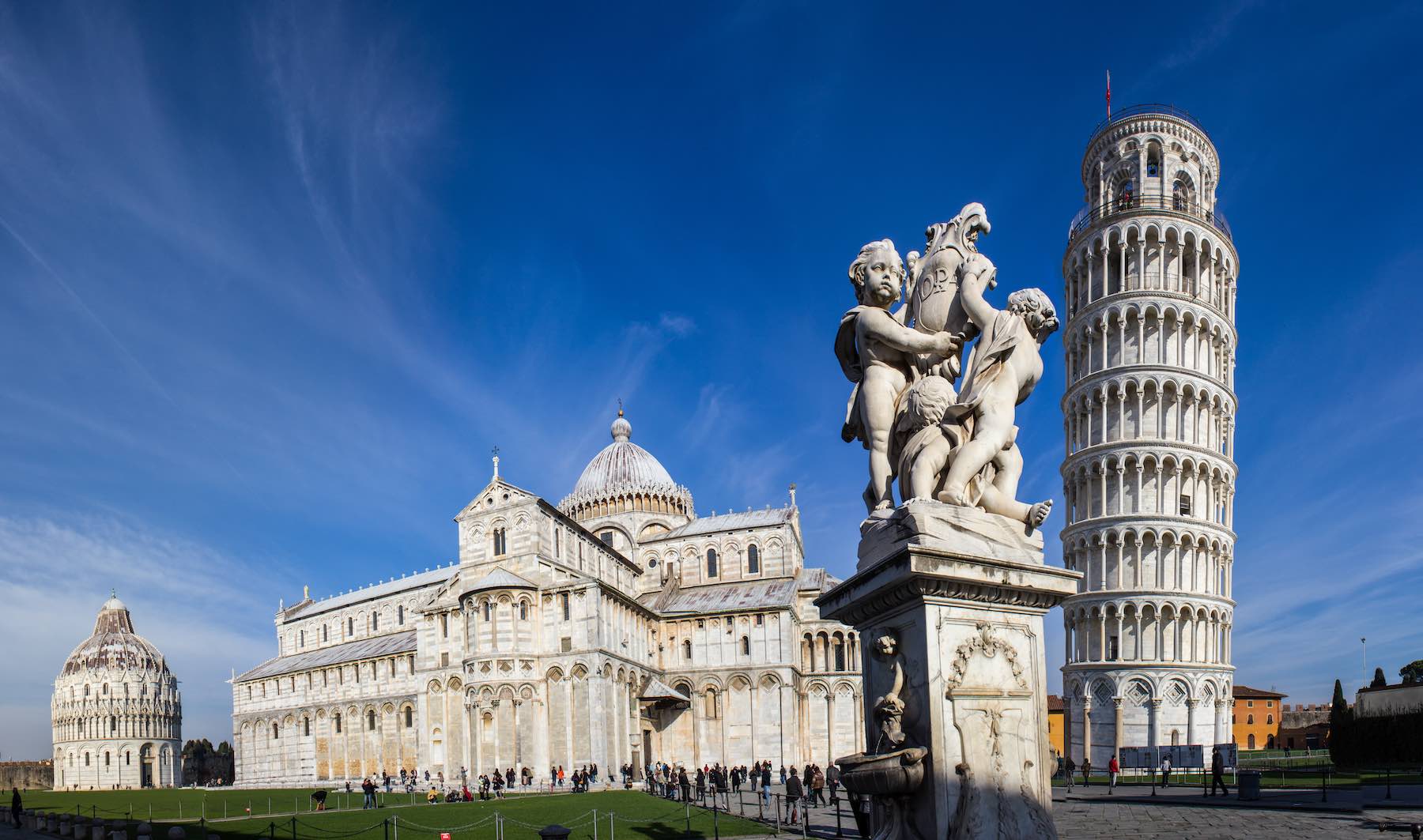

Beginnen wir mit der Besichtigung an der Piazza del Duomo (dt. Domplatz), auch als Piazza dei Miracoli (dt. Platz der Wunder) bekannt, der von allen Touristen besucht wird. Auf diesem Platz befinden sich die wichtigsten Monumente von Pisa: die Galleria im nördlichen Teil des Camposanto (dt. heiliges Feld), die Cappella del Pozzo, das Baptisterum, welches sich vor dem Dom S. Maria Assunta und dem Schiefen Turm (it. torre pendente) befindet. Der Turm war seit 1992 wegen Umsturzgefahr geschlossen. Während der Restaurationsarbeiten versuchte man, die schiefe Lage des Turmes zu korrigieren und ihn in dieselbe Lage wie vor etwa 500 Jahren zu bringen. Dazu wurden Eisenseile an der Gegenseite angebracht und das Fundament mit Zement ausgegossen. Seit dem 15. Dezember 2001 ist er wieder für Besucher zugänglich. Es wird erzählt, dass im Jahre 1203 der Erzbischof Ubaldo Lanfranchi die auf dem Gogata gesammelte Erde nach Pisa geschafft und auf das Feld (it. Campo) geschüttet habe.(Quelle:http://www.toskana.net/guida/toskana/pisa2.htm)
Pisa ist eine Stadt in Italien, gelegen in der Toskana am Arno nahe dessen Mündung in die Ligurische See. Im Mittelalter und in der frühen Neuzeit war Pisa ein Stadtstaat und eine der Seerepubliken und ist heute mit ca. 91.000 Einwohnern Hauptstadt der Provinz Pisa.
Wahrzeichen ist der als Schiefer Turm von Pisa bekannte Campanile des Doms auf der Piazza dei Miracoli im Norden des Stadtzentrums. Mittelpunkt der historischen Viertel San Martino, Santa Maria, San Francesco und Sant’Antonio ist die zentrale Arno-Brücke, der Ponte di Mezzo.
Neben der Universität Pisa haben unter anderem die Scuola Normale Superiore und die Scuola Superiore Sant’Anna, Elitehochschulen des italienischen Staates, ihren Sitz in Pisa. Mit etwa 40.000 Personen bildet die Gruppe der Studierenden fast die Hälfte der Einwohnerschaft und prägt nicht unwesentlich die Atmosphäre der Stadt. Des Weiteren spielt der Tourismus eine erhebliche Rolle.
比萨(Pisa),意大利中部托斯卡纳大区城市,比萨省首府,因为它的历史,它的建筑艺术,使比萨成为著名的旅游城市。
比萨拥有著名景点比萨斜塔、比萨大教堂、奇迹广场、骑士广场及比萨洗礼堂。还因1590年,伽利略在比萨斜塔上做了“两个铁球同时落地”的实验,使得比萨名声远扬。比萨(意大利语:Pisa)是意大利中部名城,位于阿尔诺河三角洲,人口10余万,面积190平方公里,纺织、制革业和商业较发达。同时也是著名的文教中心,有1813年由拿破仑创建的比萨高等师范大学,比萨大学是欧洲最古老的大学之一。
ピサ (イタリア語: Pisa (![]() 音声ファイル)) は、イタリア共和国トスカーナ州にある都市であり、その周辺地域を含む人口約9万人の基礎自治体(コムーネ)。ピサ県の県都である。
音声ファイル)) は、イタリア共和国トスカーナ州にある都市であり、その周辺地域を含む人口約9万人の基礎自治体(コムーネ)。ピサ県の県都である。
Pisa (/ˈpiːzə/; Italian pronunciation: [ˈpiːsa; ˈpiːza] ( listen)) is a city in the Tuscany region of Central Italy straddling the Arno just before it empties into the Ligurian Sea. It is the capital city of the Province of Pisa. Although Pisa is known worldwide for its leaning tower (the bell tower of the city's cathedral), the city of over 91,104 residents (around 200,000 with the metropolitan area) contains more than 20 other historic churches, several medieval palaces and various bridges across the Arno. Much of the city's architecture was financed from its history as one of the Italian maritime republics.
listen)) is a city in the Tuscany region of Central Italy straddling the Arno just before it empties into the Ligurian Sea. It is the capital city of the Province of Pisa. Although Pisa is known worldwide for its leaning tower (the bell tower of the city's cathedral), the city of over 91,104 residents (around 200,000 with the metropolitan area) contains more than 20 other historic churches, several medieval palaces and various bridges across the Arno. Much of the city's architecture was financed from its history as one of the Italian maritime republics.
The city is also home of the University of Pisa, which has a history going back to the 12th century and also has the Scuola Normale Superiore di Pisa, founded by Napoleon in 1810, and its offshoot, the Sant'Anna School of Advanced Studies as the best sanctioned Superior Graduate Schools in Italy.[2]
Pise (en italien Pisa) est une ville italienne d'environ 90 000 habitants, chef-lieu de la province de même nom en Toscane. Elle est célèbre dans le monde principalement pour sa tour penchée. Elle est traversée par le fleuve Arno et située sur la via Aurelia.
Pisa (Ascolta[?·info], AFI: [ˈpiːza])[3] è un comune italiano di 90 300 abitanti[2], capoluogo della provincia omonima in Toscana.
Il comune è il quinto della Toscana per popolazione e si inserisce in un territorio con caratteristiche omogenee, denominato area pisana, che con i vicini comuni di Calci, Cascina, San Giuliano Terme, Vecchiano e Vicopisano, arriva a formare un sistema urbano di circa 195 000 abitanti distribuiti su 475 km²[4]. Inoltre con un traffico di quasi 5 milioni di passeggeri nel 2016, Pisa ospita l'aeroporto più rilevante della Toscana, il Galileo Galilei[5].
Secondo una leggenda Pisa sarebbe stata fondata da alcuni mitici profughi greci provenienti dall'omonima città greca di Pisa, posta vicino ad Olimpia nella valle del fiume Alfeo[6], nel Peloponneso. Per questo i pisani sono anche detti alfei.
Tra i monumenti più importanti della città vi è la celebre piazza del Duomo, detta Piazza dei Miracoli, dichiarata patrimonio dell'umanità, con la Cattedrale edificata tra il 1063 e il 1118 in stile romanico pisano e la Torre pendente, campanile del XII secolo, oggi uno dei monumenti italiani più conosciuti al mondo per via della sua caratteristica inclinazione.
La città è la sede di tre tra le più importanti istituzioni universitarie d'Italia e d'Europa, l'Università di Pisa, la Scuola Normale Superiore e la Scuola Superiore Sant'Anna, nonché la più grande sede del Consiglio Nazionale delle Ricerche (CNR) e di altri numerosi istituti di ricerca.
La città di Pisa in passato fu un'importante repubblica marinara.
Pisa es una ciudad de la región italiana de la Toscana y la capital de la provincia homónima.
Entre los monumentos más importantes de la ciudad figura —en la célebre Piazza dei Miracoli, declarada Patrimonio de la Humanidad— la catedral, construida en mármol entre los años 1064 y 1118, en estilo románico pisano, con su portal en bronce de Bonanno Pisano y el púlpito de Giovanni Pisano. Al lado de la catedral se encuentra la llamativa torre inclinada, del siglo XII, con una altura de 58,36 metros, que sufrió su característica inclinación inmediatamente después de iniciarse su construcción.
Debido a la naturaleza del terreno, existen en Pisa otras dos torres inclinadas: el campanario de la iglesia de San Nicola, en el extremo opuesto de Vía Santa Maria, junto al Lungarno; y el campanario de la iglesia de San Michele degli Scalzi, en la mitad del paseo fluvial delle Piagge, sito en la parte este de la ciudad (en este caso incluso la iglesia está inclinada). También está inclinado el Palacio Toscanini en "Lungarno Pacinotti".
La razón de que tal cantidad de edificios, sobre todo los altos y esbeltos como los campanarios, se encuentren inclinados, es la naturaleza pantanosa del terreno sobre el que está situada la ciudad, que en muchos casos cede y se asienta con el peso de estas edificaciones.
Пи́за (итал. Pisa) — итальянский город и коммуна в регионе Тоскана, на расстоянии 10 км от Лигурийского моря, административный центр одноимённой провинции.
Неофициальный символ города — Падающая башня, с 1986 года вместе с площадью, собором и баптистерием имеющая статус объекта всемирного наследия.
Покровителем города считается Святой Райнерий (англ.)русск. (итал. San Ranieri). Праздник города — 17 июня.


彼得·海莱恩(德语:Peter Henlein,1485年—1542年8月),德国纽伦堡的锁匠和钟表匠,通常被认为是手表的发明者。[1][2]他是最早制造小型装饰性携带式钟表的工匠之一,这些钟表通常作为吊坠佩戴或贴在衣服上,[3]被视为最早的手表。
Peter Henlein (* um 1479[1] oder um 1485[2][3] in Nürnberg; † August 1542 ebenda[4][5]) war ein deutscher Schlossermeister, der als Uhrmacher tätig war. Ihm wird in Deutschland die Erfindung der am Körper tragbaren Uhr zugeschrieben.[6]





Peter the Great at Deptford in 1698
Peter the Great's trips to Europe
All researchers of the history of the Russian Academy of Sciences and the first Russian state public museum, the Kunstkamera, unanimously bond the idea of the establishment of these oldest Russian scientific institutions with the experience which Peter I gained during his trips to Europe.
Peter the Great was the first Russian Tsar to visit European countries. His first long trip to Europe took place in 1697–1698, within the frame of his so-called “Grand Embassy,” while the second one occurred twenty years later, in 1716–1717.
In between these diplomatic missions, Peter visited a number of cities in North Germany and Denmark in 1711-1713, during the military campaign of the Great Northern War.
Peter tried to stay incognito during the Grand Embassy and took part in it as a Peter Mikhailov, uriadnik (approximately corresponds to the modern military rank of “sergeant”) of the Preobrazhensky Regiment, although his recognizable appearance was hard to disguise. A special wax seal, which the Tsar was setting on each of his letters during his travel, had the inscription: “I am a pupil looking for mentors.”
He delegated the mission of important diplomatic negotiations with European monarchs to three “grand plenipotentiary ambassadors:” Franz Lefort, Fyodor Golovin, and Prokopy Voznitsyn, but de-facto, Peter himself quite frequently participated in negotiations with foreign sovereigns. He believed that this was an easier way for him to get acquainted with everyday life of European citizens, master different crafts, and, among other things, attend private collections of curiosities and scientific cabinets. Together with the Embassy, Peter the Great visited a number of cities in Livonia, Kurland, Prussia, Saxony, Holland, England, and Austria.
During his second travel to Europe in 1716–1717, Peter visited Danzig, Hamburg, Pyrmont, Mecklenburg, Rostock, Copenhagen, Bremen, Amersfoort, Utrecht, Amsterdam, Saardam, Hague, Leiden, Rotterdam, and Paris.
During these journeys Peter was always, whenever possible, meeting with European scholars, visiting private collections and galleries, and natural history cabinets. He used the opportunities of such meetings to invite all sorts of specialists, including academics, to come to work in Russia. Peter was personally and through his envoys establishing connections with book publishers in Holland and Germany; he organized purchases of a number of collections for the Apothecary Prikaz and, later on, for the Kunstkamera; studied anatomy and other sciences. Participants of the Grand Embassy also visited other cities and countries, where, upon Peter’s instructions, they were meeting with academics and publishers, and touring private museums and collections.
Indeed, from the documents, memoirs, and the chronicle of the Grand Embassy (“Journal of Daily Records”) it is known that in all cities visited by Peter the Great, he had a great interest in touring private museums and collections, part of which belonged to royal courts of Europe, and partly to scientists and owners of major trade companies (e.g., Dutch East India Company). It is known that only in Holland, a country which had produced the strongest impression on Peter, in the end of the 17th century, there were several tens of private museums and collections.
A far from complete list of private collections and museums visited by Peter the Great during his travel to European countries in 1697–1698 looks as follows:
– Collection of East-Indian and antique rarities, ship models and machines belonging to Nicolaes Witsen, Mayor of Amsterdam, Administrator of the Dutch East-Indian Company and a scholar
– Collection of antiquities “including coins, medals, and various minerals” of Peter Nicolaes Kalf in Saardam
– Anatomical and zoological museum of the professor of anatomy and botany in Amsterdam, Frederick Ruysch
– Amsterdam Botanical Garden with greenhouses and a museum with samples of the aquatic fauna from the overseas possessions of Holland (accompanied by Fr. Ruysch)
– East-Indian Yard in Amsterdam, where in the company’s buildings collections of Chinese and East-Indian weapons, Chinese paintings and maps were exposed, and a number of rooms were decorated with rare plants
– Home museum of merchant Jacob de Wilde, who had a valuable collection of antiquities: bronzes, carved stones, coins
– Cabinet of Nicolas Chevalier in Utrecht (Later on, in 1721, J. Schumacher acquired from the heirs a part of this collection for the Kunstkamera);
– Peter I visited A. Van Leeuwenhoek, naturalist and founding father of scientific microscopy, and scrutinized his cabinet with the collections
– Botanic Garden and Anatomical Theatre of Leiden University
– Museum of the London Royal Society and Mint collections in the Tower
– Ashmolean Museum in Oxford
– Royal Kunstkamera in Dresden
– Armory, Kunstkamera, and Art Gallery in Vienna, at the court of Emperor Leopold I.
Peter had visited many of these collections and Kunstkameras during his second long journey to Europe in 1716–1717.
In some cases we know the details of Peter’s visits for exploring the collections, which clearly point up his interests. For example, there is a detailed description of his daily visits to the Kunstkamera in Dresden during his short stay in this city in June 1698. Peter arrived in Dresden in the late afternoon and, after dinner, asked to show him the famous Kunstkamera. Vice-regent Furstenberg took him there at one o’clock in the morning, and the Tsar was scrutinizing the collections till the morning; he was particularly meticulous in familiarizing with mathematical instruments and handicraftsman's implements. Next day, after the lunch and visit to Kurfürst’s mother, he visited the Kunstkamera again. On the third day, after watching military exercises, Peter visited the mould yard and, once again, the Kunstkamera. One more time Peter had visited the Dresden Kunstkamera during his stay in Dresden in September 1711[2]. In the course of his third visit to Dresden in November 1712, Peter stayed in the house of the court’s jeweler Johann Melchior Dinglinger. In the collection of “Grünes Gewölbe” (former Kunstkamera), there is a small enamel portrait of the Russian Tsar made by the jeweler’s brother, Georg Friedrich Dinglinger, in remembrance of these visits to Dresden.
In1717, when Peter I got the word that in the collection of Dutch collector Goswin Uylenbroek a Roman sarcophagus is treasured, he took a fancy to see it. The owner made a record of the details of this visit: “When Tsar Peter the Great did me the honor to see my cabinet, and the thing had to be placed into a dark storeroom because of its huge size, His Highness asked for two candelabrums with candles and kneed down to look thoroughly around the whole sarcophagus and each figure on it in all details”.

 Royalty
Royalty
 Science and technology
Science and technology
 International cities
International cities
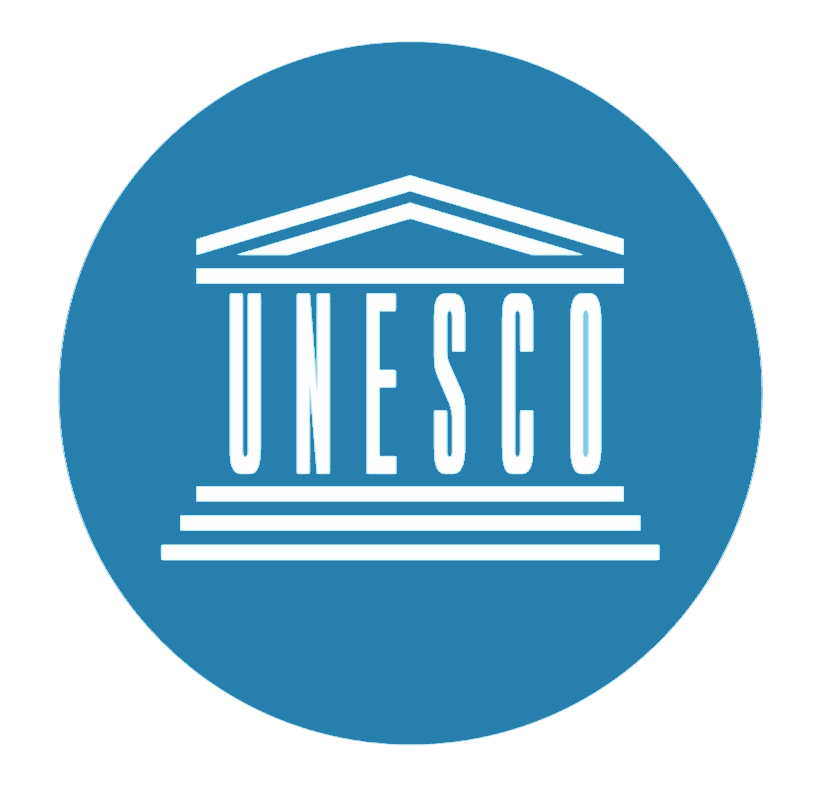 World Heritage
World Heritage

 Architecture
Architecture
 Financial
Financial
 Historical coins, banknotes
Historical coins, banknotes